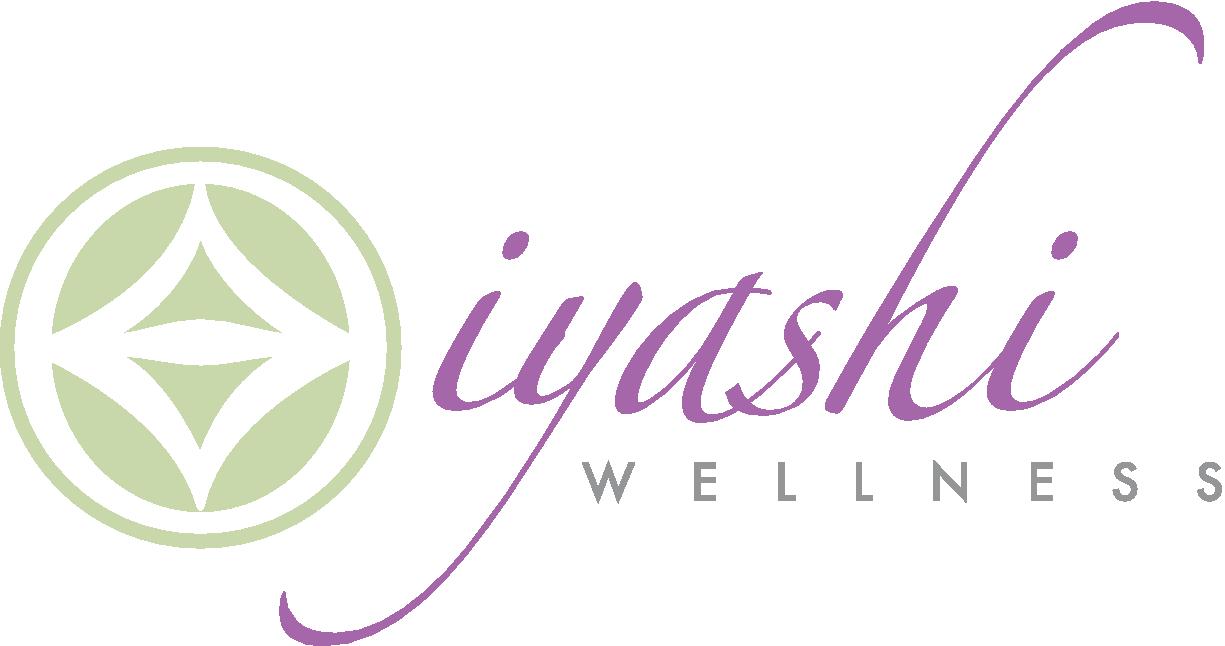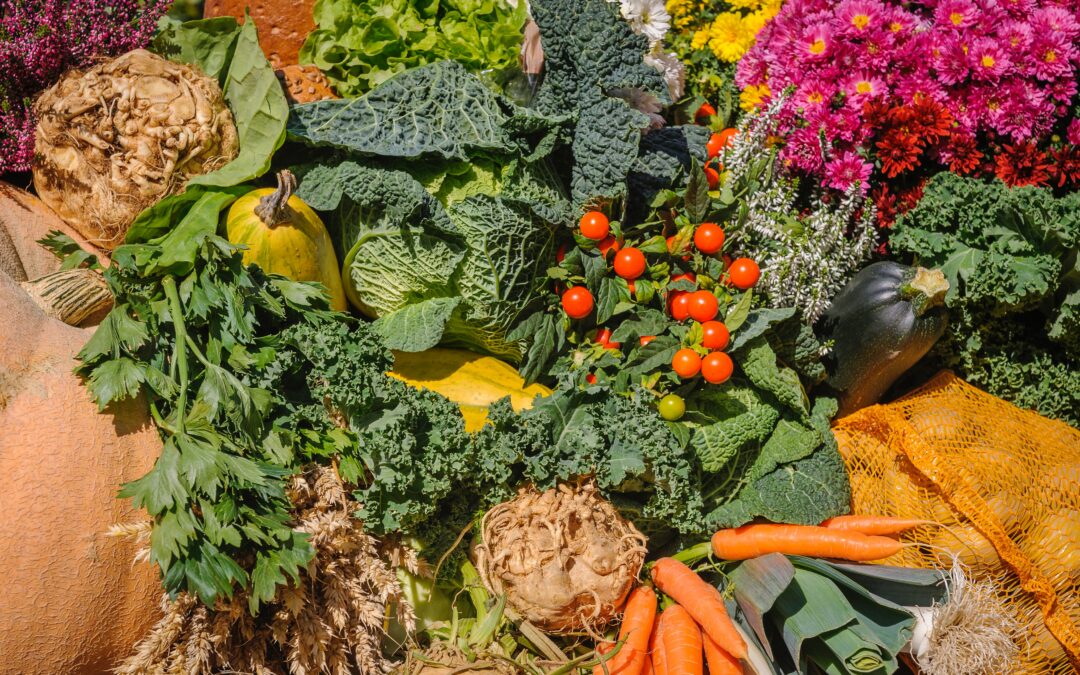This is Part 2 of an 8-Part Series in Healthy, Happy Eating for the Whole Family. Part 1 is SAD DIET: ARE YOU OR YOUR CHILDREN EATING ONE? Part 3 is HOW TO INCREASE YOUR CHILD’S IQ AND ATTENTION SPAN WITH NUTRITION. Part 4 is HOW TO GO GLUTEN FREE AND DAIRY FREE AND HAVE YOUR PIZZA AND ICE CREAM TOO! Part 5 is 4 TIPS ON HOW TO GET A “PICKY EATER” TO EAT Part 6 is THE CALCIUM MYTH: IT’S NOT WHAT YOU THINK Part 7 is WHY RAW FOODS FOR CHILDREN IS NOT THE BEST IDEA Part 8: WHY ASIAN MEDICINE ROCKS FOR CHILDREN!
Chinese Medicine and Western Medicine differ greatly in reference to the word “energy” and “energetics” in regards to the nutritional qualities of food. While in Western nutrition and dietetics the word “energy” is typically used to refer to the caloric content of a food, in Chinese nutrition energy is used to refer to the yin and yang qualities of a food. It’s important to understand that discrepancy in terminology when reading this blog post, in order to avoid any confusion. In Chinese Medicine, different foods are assigned different energetic values regardless of caloric or macronutrient (fat, protein, carbohydrate) content. Cooking in Chinese culture has literally thousands of years of history, and it is through this culinary trial and error for over a milennia that the Chinese came up with specific energetic values of foods and their creation of Food as Medicine.
It’s important to understand the energetic values of the foods you eat so that you can make better decisions about how to help your body heal and stay well. When you learn to “unlearn” what you may have been taught in school or through fashion and health magazines about a “healthy” diet — and listen to your intuition and your body’s unique signals – the yin and yang of what you’re eating will actually make a lot of sense without having to refer to a reference manual or chart!
Here’s a simple exercise to help you start thinking in the right sense about Chinese Medicine energetics:
First, think of the different kinds of whole foods that seem most enticing during the hot summer months. How about watermelon, gazpacho and other cold soups, pineapple, cucumber salad, white fishes, clam chowder, cow’s milk dairy products, smoothies made with frozen bananas and strawberries, tofu, lemonade, green tea, coconut water and young coconut? Each of these foods, whether heated or not, are regarded as “cold” foods in Chinese Medicine. They actually help bring your body temperature down, and if you were to eat these types of foods year-round, as many vegans and vegetarians do, you may actually begin to experience symptoms of “yin excess” which could include a slowed metabolism, cold hands and feet, tiredness, and weight gain. (This is not a complete list and having any one of these symptoms does not necessarily mean you have a yin excess. )
Next, think of the different whole foods you tend to crave during the cold Winter months. How about chicken soup, roasted lamb or beef slow-cooked in the crockpot, wild salmon and other fatty fishes served with cream or butter, hearty stews made with root vegetables, rich and fatty desserts, baked cobblers, scrambled eggs and bacon, and heavier foods in general? These are “warming” foods according to Chinese Medicine, and if you base your diet on these types of foods during the summertime you may become overly yang. Signs and symptoms of excess yang include sweaty or oily skin, foul body odor, red rashes or boils, hyperactivity, insomnia, and hypertension. (This is not a complete list and having any one of these symptoms does not necessarily mean you have a yang excess. )
As a rule of thumb, fruits are usually “cold” foods and animal-derived foods are usually “warm” foods. Some exceptions include durian fruit, lychee berry, and mature coconut, which are warm fruits. If you eat a large quantity of any of these fruits, you may even begin to sweat. Red meats tend to be warmer than white meats, and red or blue-fleshed fishes tend to be warmer than white fishes. There is a tendency for foods with more fat in them (such as durian, mature coconut, lamb, beef, eggs, full-fat dairy) to be warmer than foods with a miniscule fat content (watermelon, apples, chicken breast, coconut water, unseasoned vegetables, tofu). Rice is considered to be a neutral food that imparts neither warming nor cooling effects on the body. It can therefore be consumed at any time of year.
It also just so happens that the foods that are ready for harvest at a particular time of year are the foods that contain the yin and yang qualities that our bodies most need for the climate in which we live. Winter officially begins on the shortest day of the year (the Winter Solstice), which is December 21, and during this time we should not expect to see fresh strawberries, bananas, watermelons, and dandelion greens in the grocery store! (We will inevitably see these cold, summertime foods in grocery stores, but they’ve been shipped from afar and are probably devoid of important vitamin and mineral content. Here in Southern California, where I live, you will also see many summer time fruits and vegetables because of our temperate climate, but please remember that we are still entering the winter season and it’s best to eat foods that normally grow during the winter season.) Instead, we should reach for turnips and turnip greens, kale, sweet potatoes, broccoli, cauliflower, celery root, clementines, kumquats, grapefruit, mandarins, horseradish, leeks, rutabagas, Jerusalem artichokes, and of course plenty of grass-fed, hormone-free and antibiotic-free meats and fatty fishes. While not all of these foods are warming or yang-promoting per se (such as the vegetables, citrus fruits, and sweet potatoes), they are more neutral than summertime foods and provide a good balance when combined with plenty of meats, eggs, and healthy saturated fats. (And no, that’s not a typo. I meant saturated fats, which is a topic for another time!)

